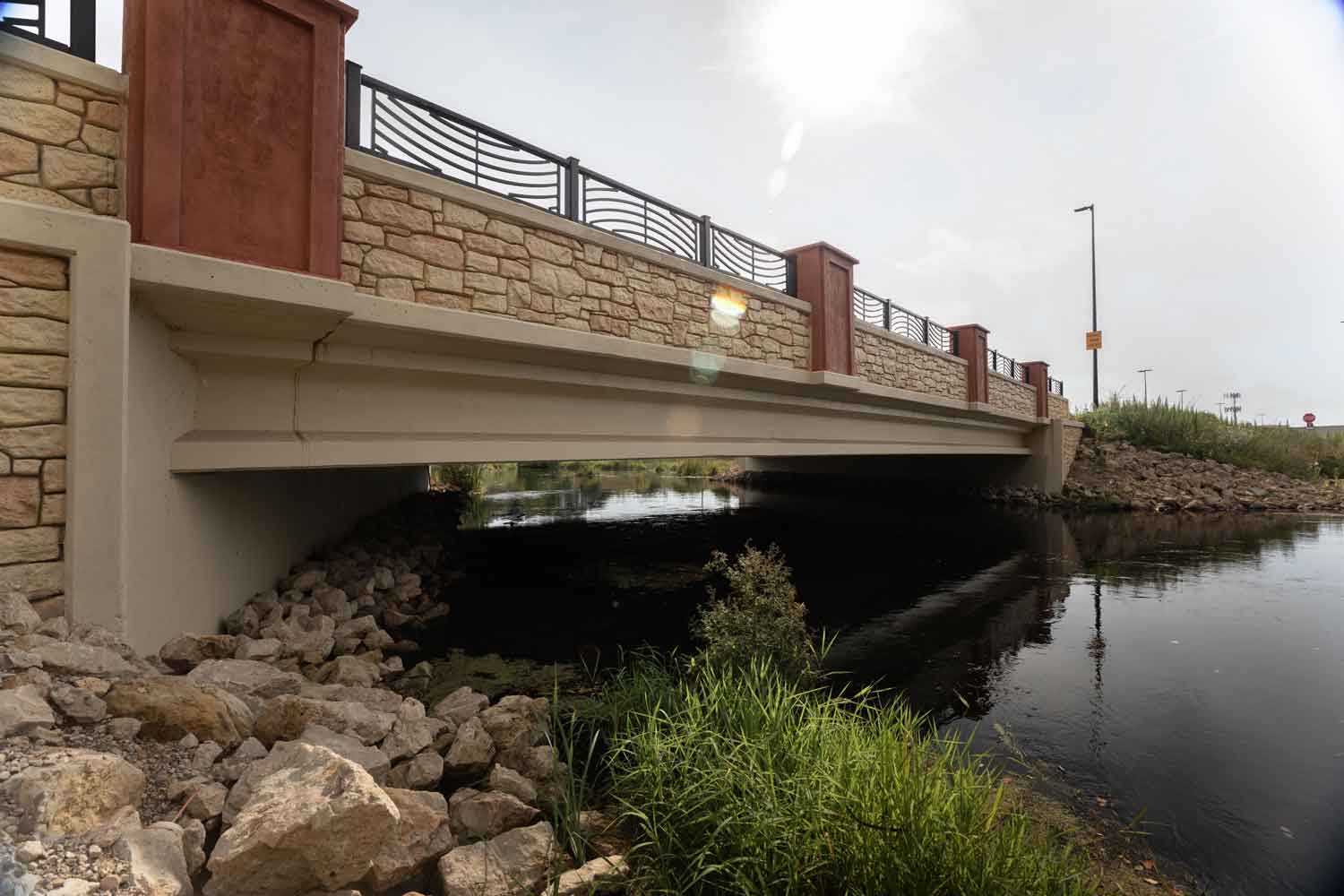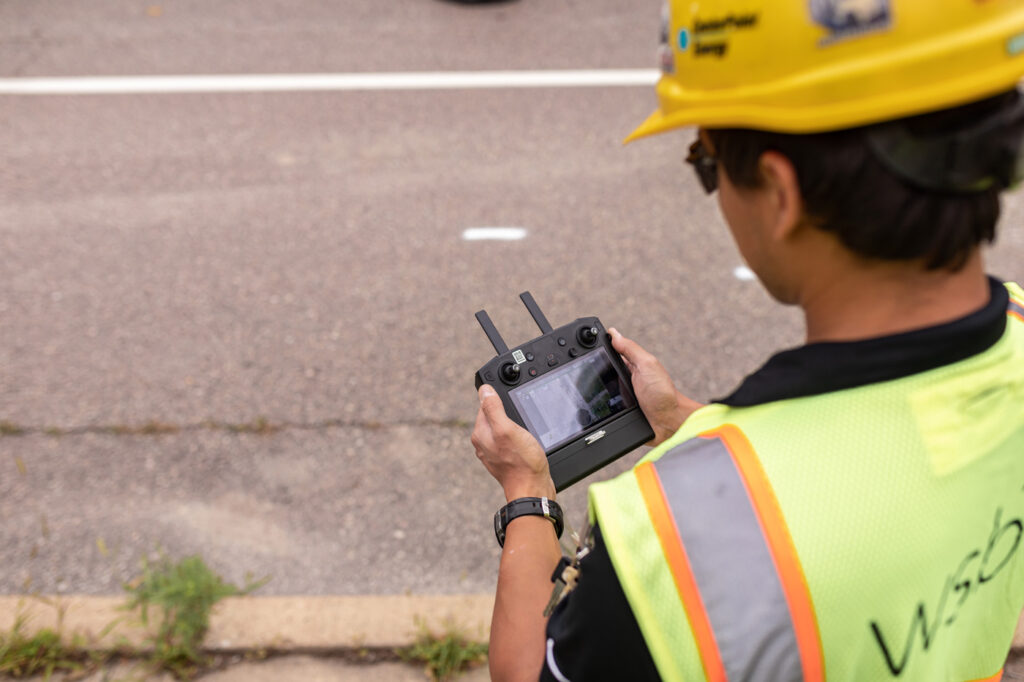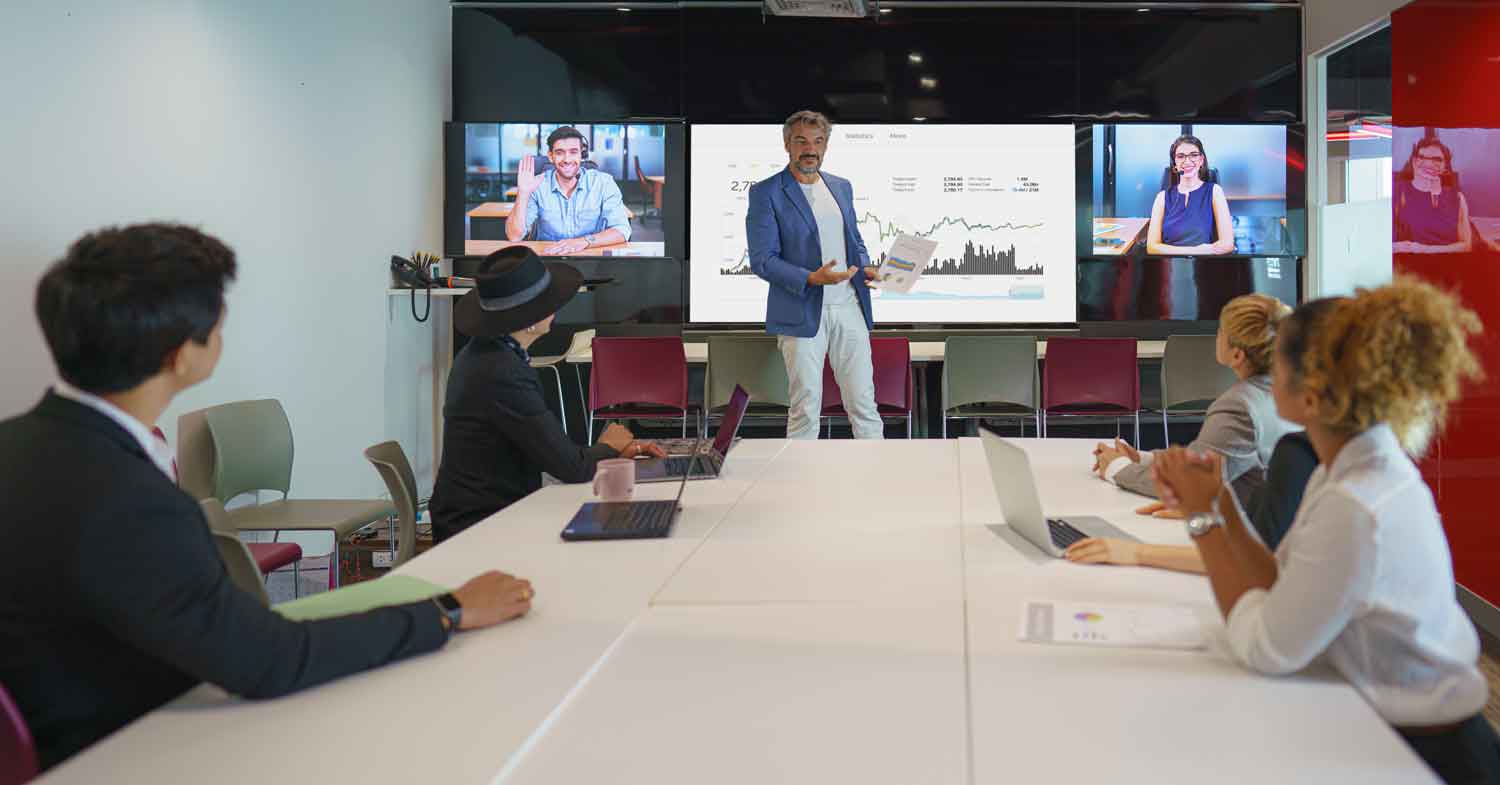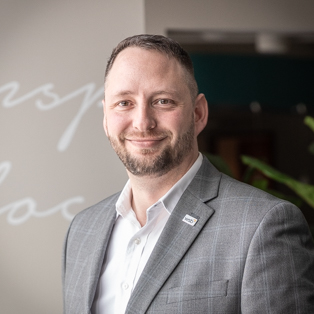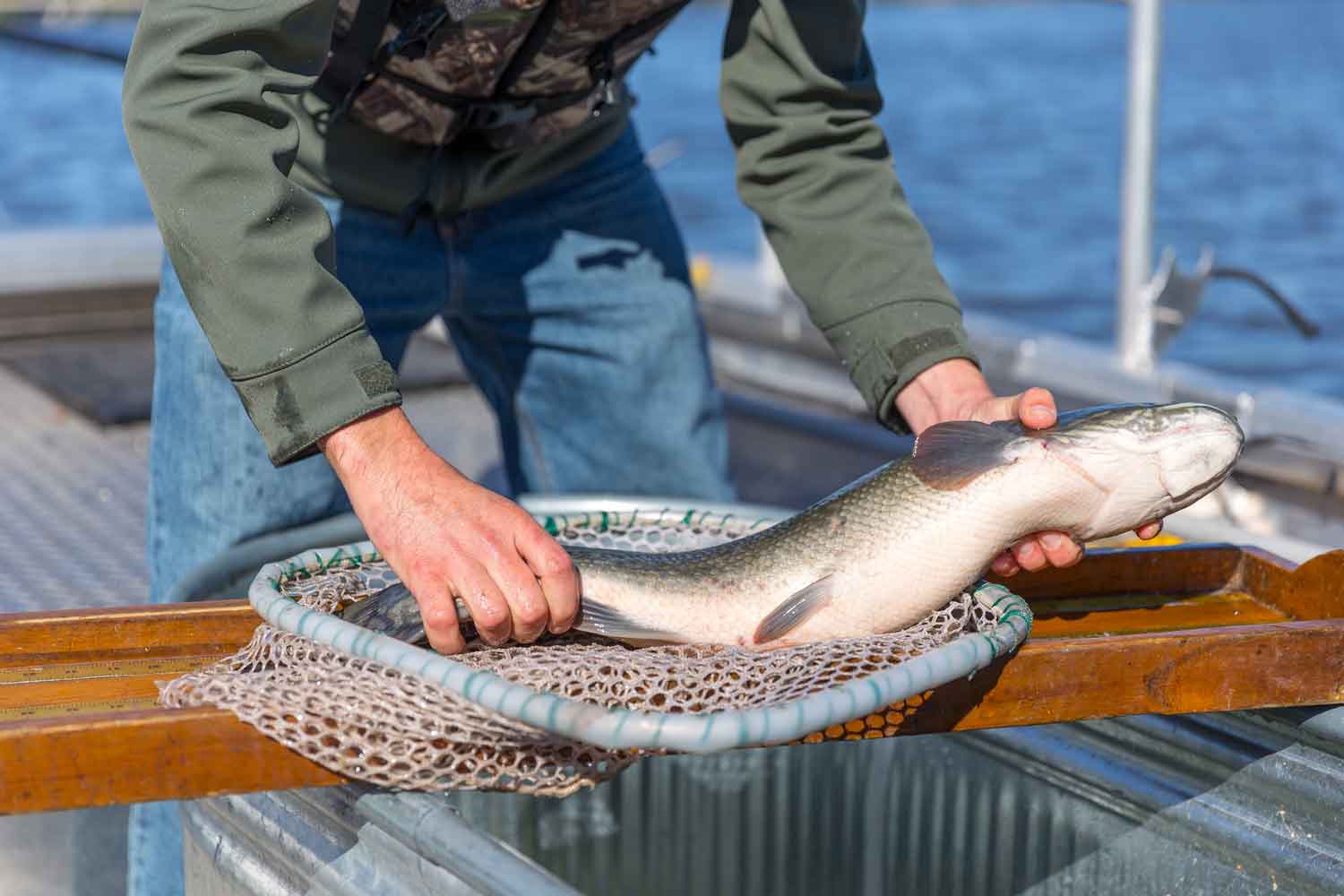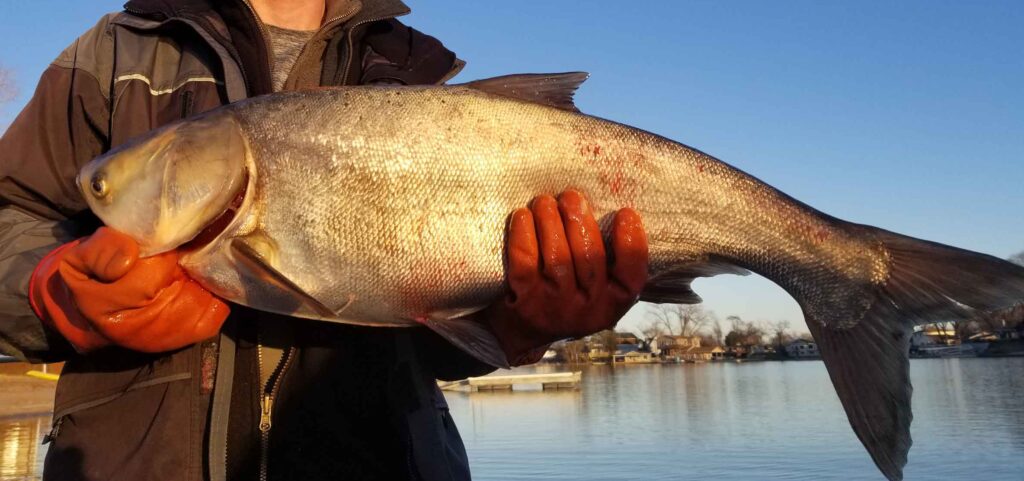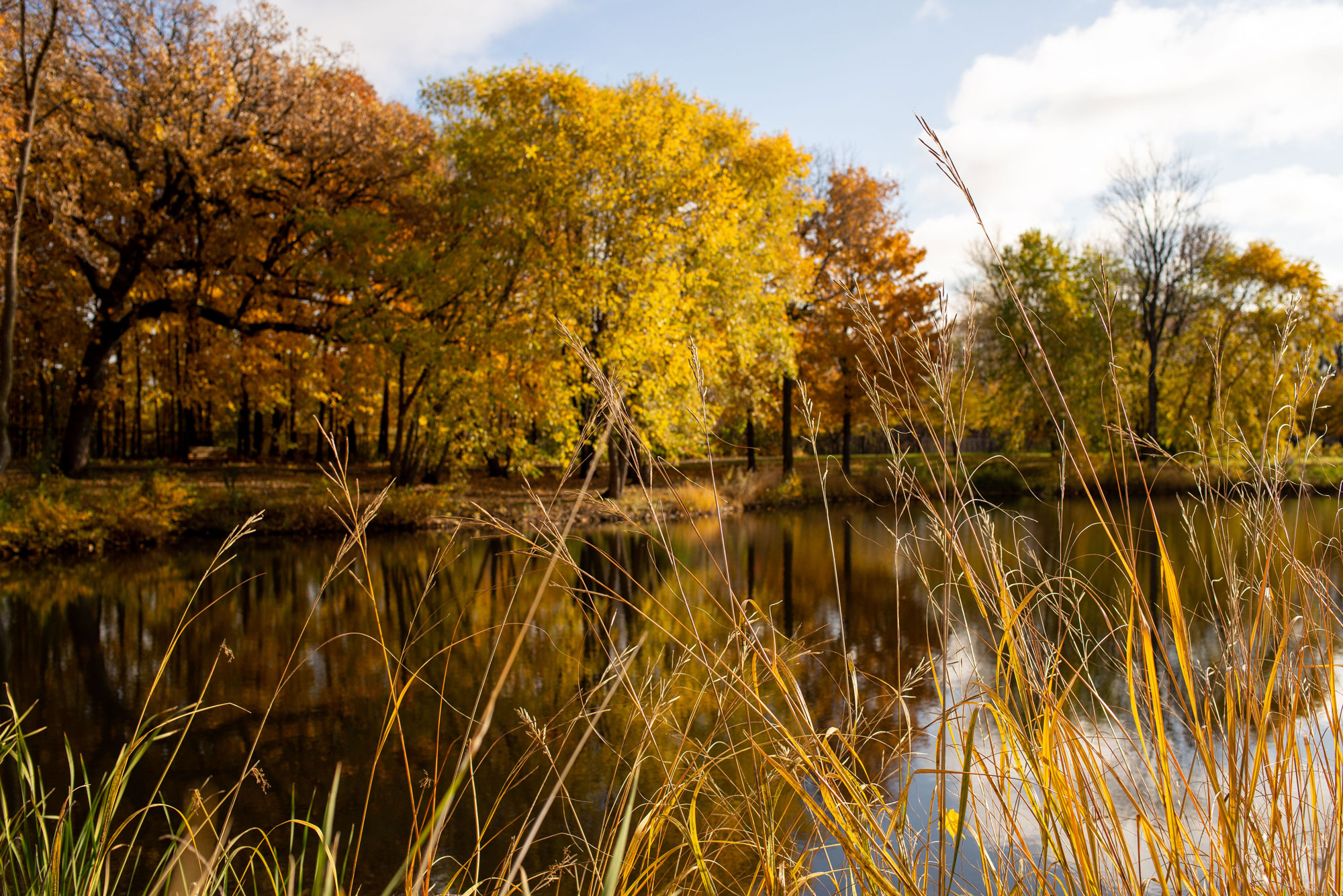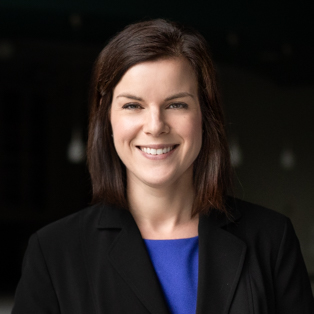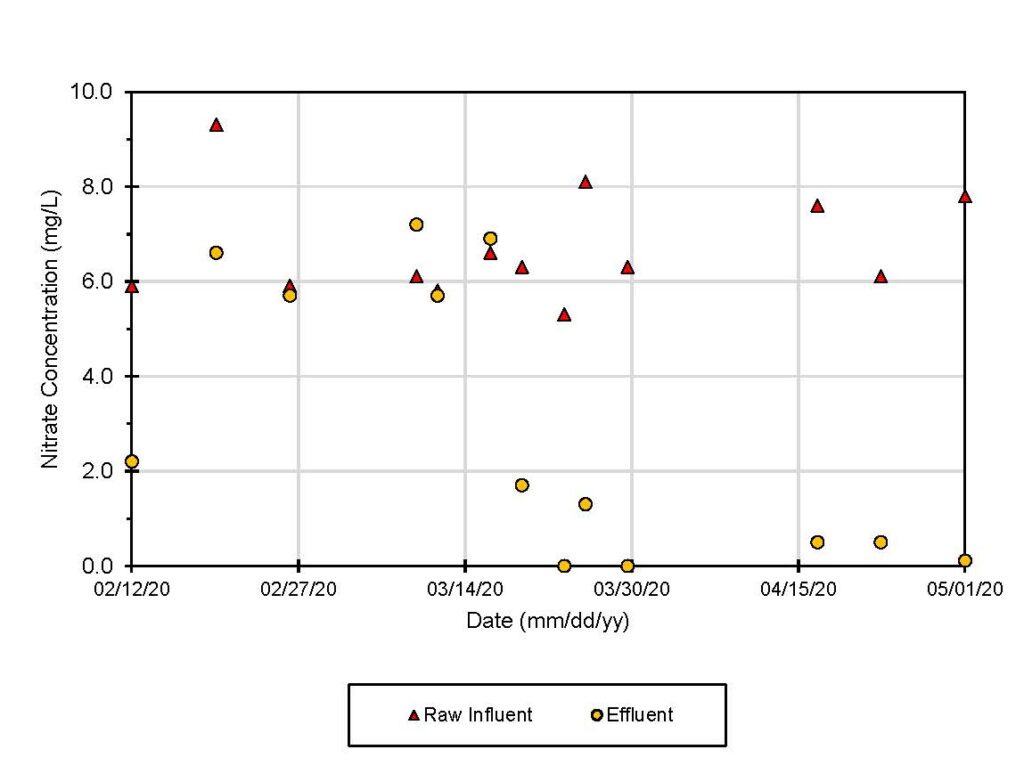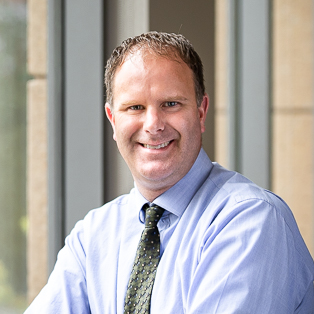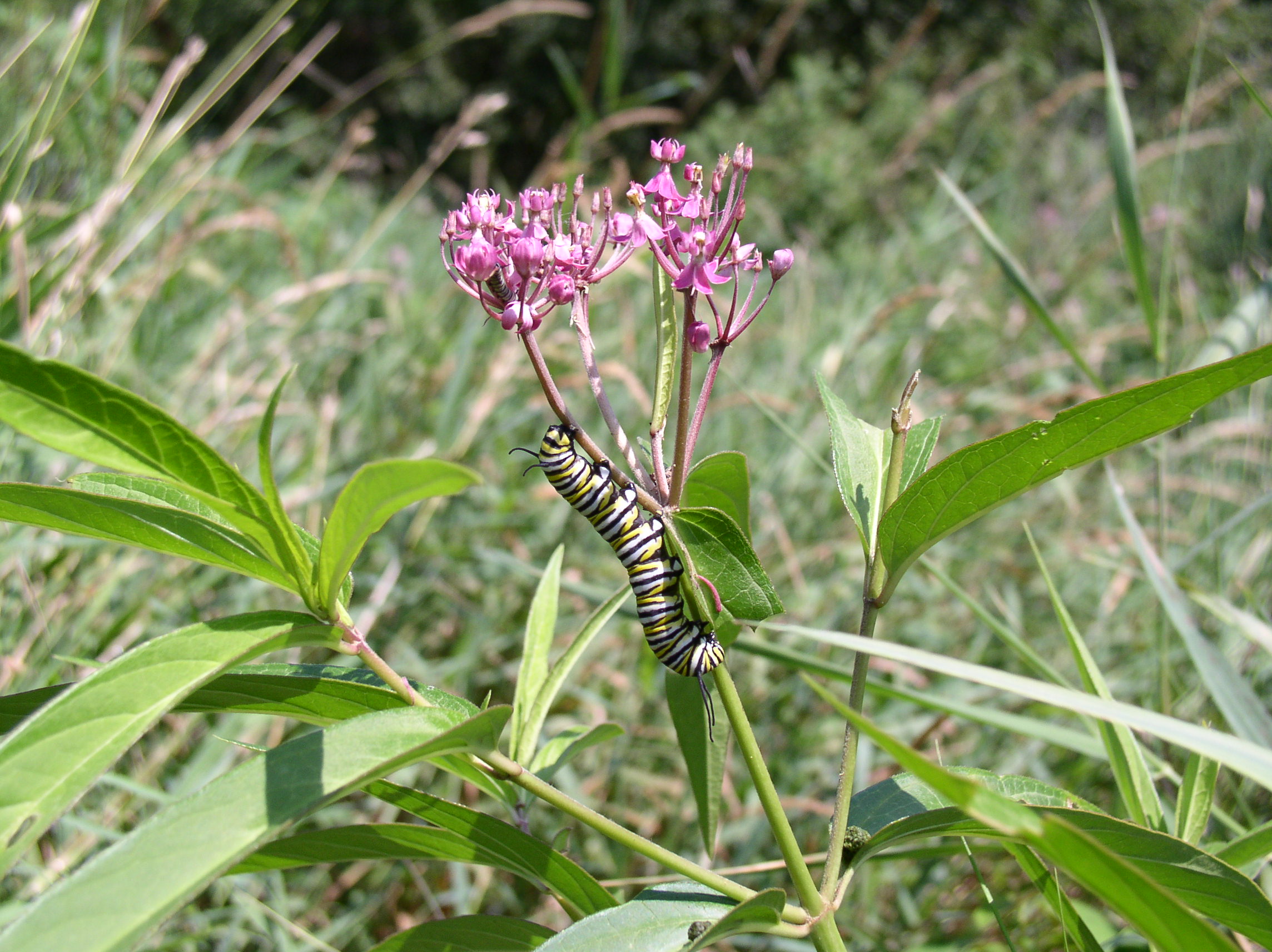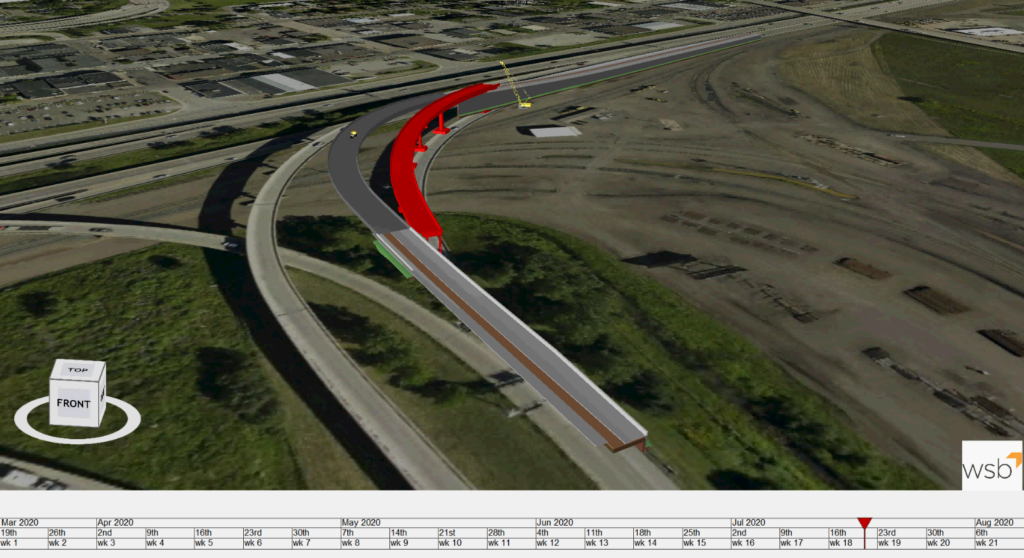By Jake Newhall, Project Manager, WSB
Minnesota’s Municipal Separate Storm Sewer System (MS4s) are currently in the process of applying for coverage under the revised MS4 General Permit. The updated MS4 General Permit creates changes in the ways that MS4 permittees will operate, starting with modifications that address procedural and programmatic changes needed to comply with updated rules.
One of the main changes is new performance-based responses to Total Suspended Solids (TSS) and Total Phosphorus (TP); including a TMDL assessment to identify and prioritize activities to achieve reductions. WSB’s SWAMP system helps to address these new regulations by streamlining TMDL compliance through tracking and documenting improvements that have been completed to date or since the baseline of TMDL development. The SWAMP system also helps target subwatersheds that are underperforming or lacking the necessary treatment to meet water quality goals. SWAMP improves efficiency by saving time on planning and modeling when developing an efficient plan to address TMDL requirements.
Aside from improving compliance with new MS4 TMDL requirements, SWAMP continues to help address existing MS4 requirements.
- Estimate TP and TSS reduction from existing ponds and BMPs
- Prioritize inspection and maintenance activities related to ponds and BMPs
- Ensure standard operating procedures are in place and stormwater management features continue to function as designed
- Inspection and maintenance activities are automatically updated and reflect real-time information
- Tracks and stores completed activity records for on-demand reporting
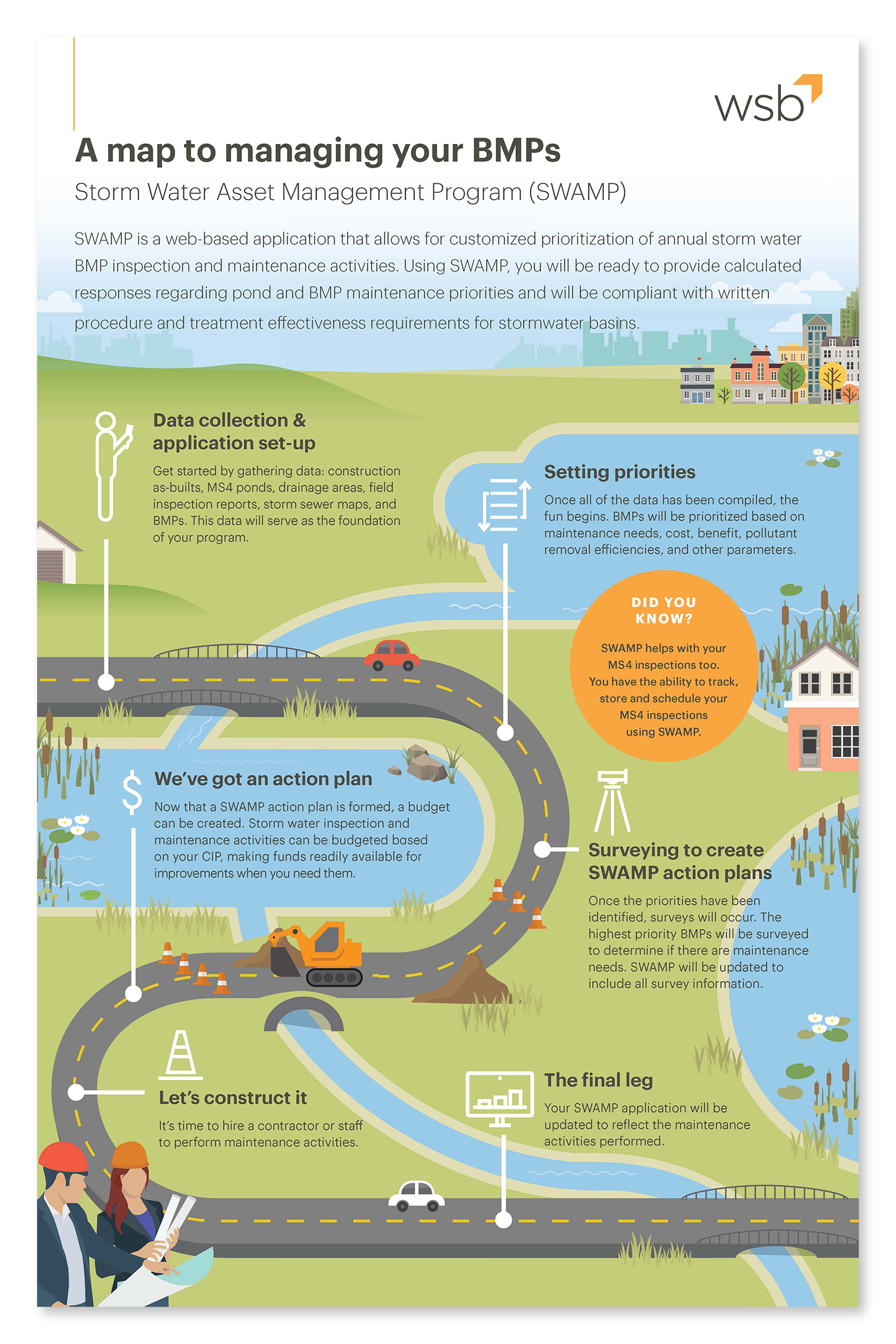
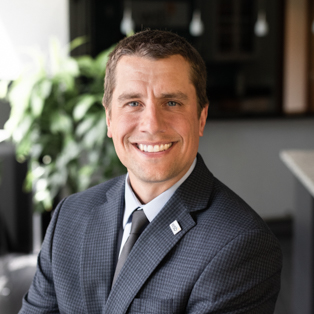
Jake has more than 15 years of engineering experience designing and managing many types of water resources projects, including modeling, planning, design, maintenance programs, and construction. Jake has worked with various municipalities, counties and state agencies to solve challenging water quality and water quantity problems.
[email protected] | 763.231.4861
